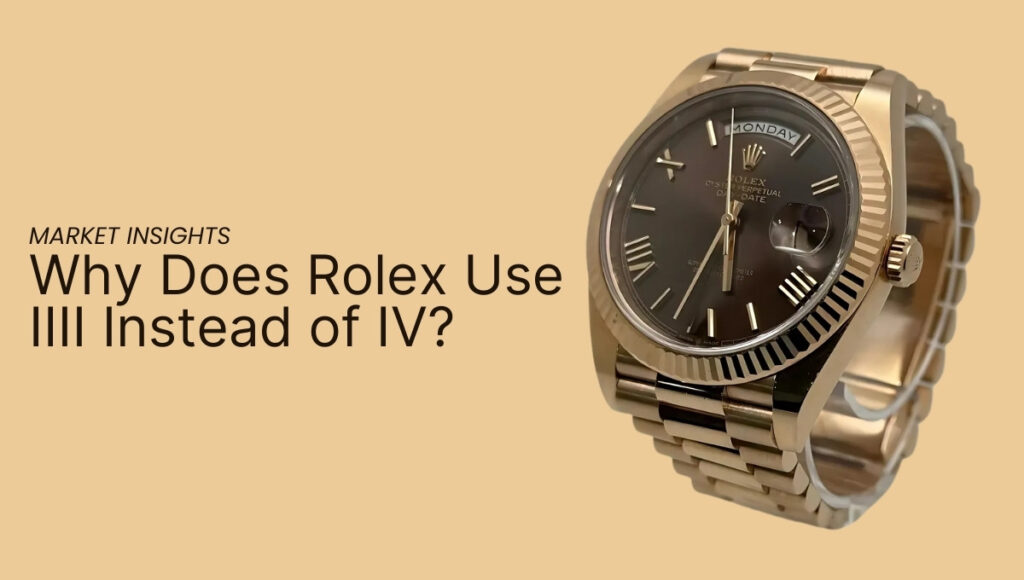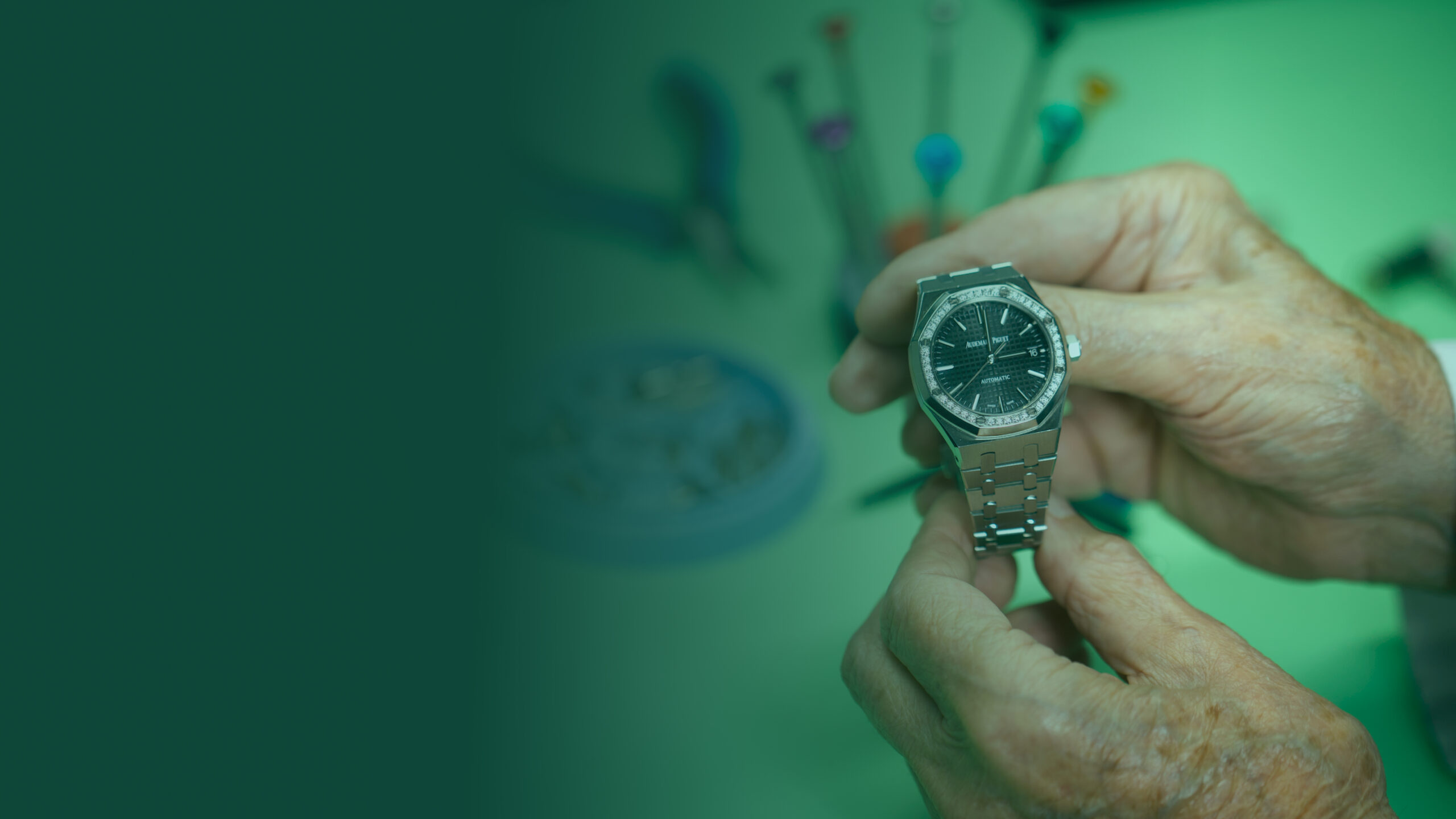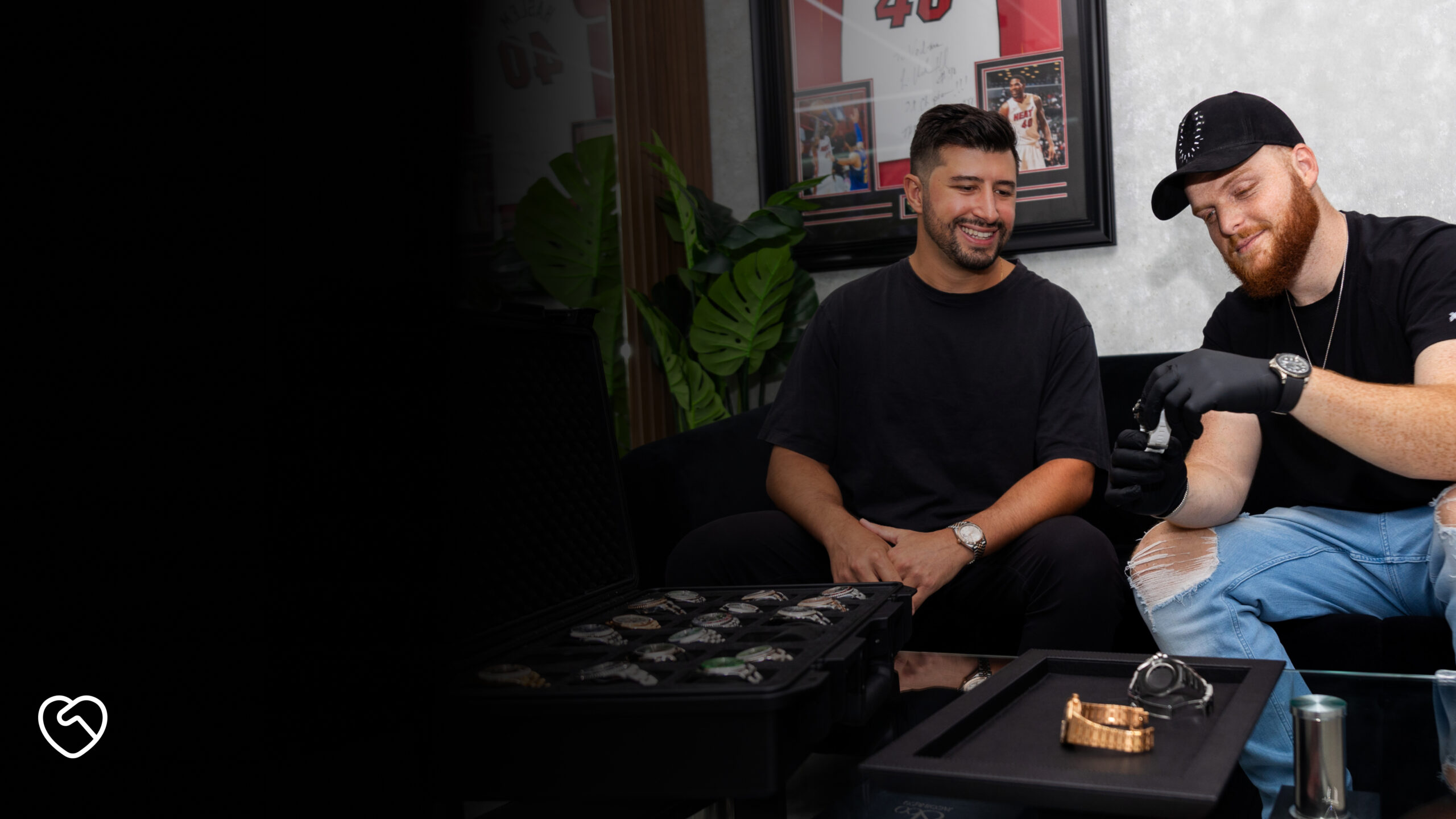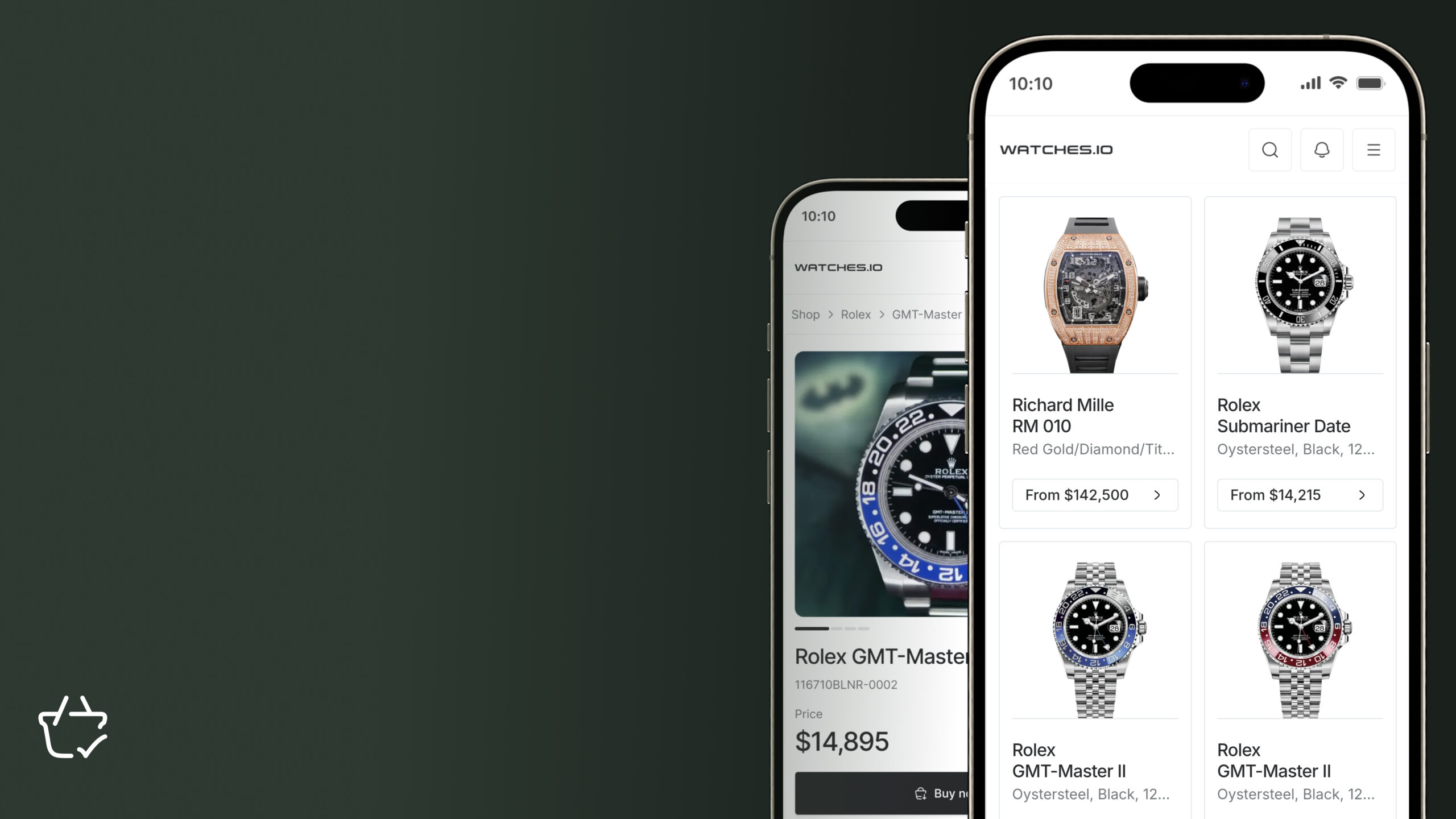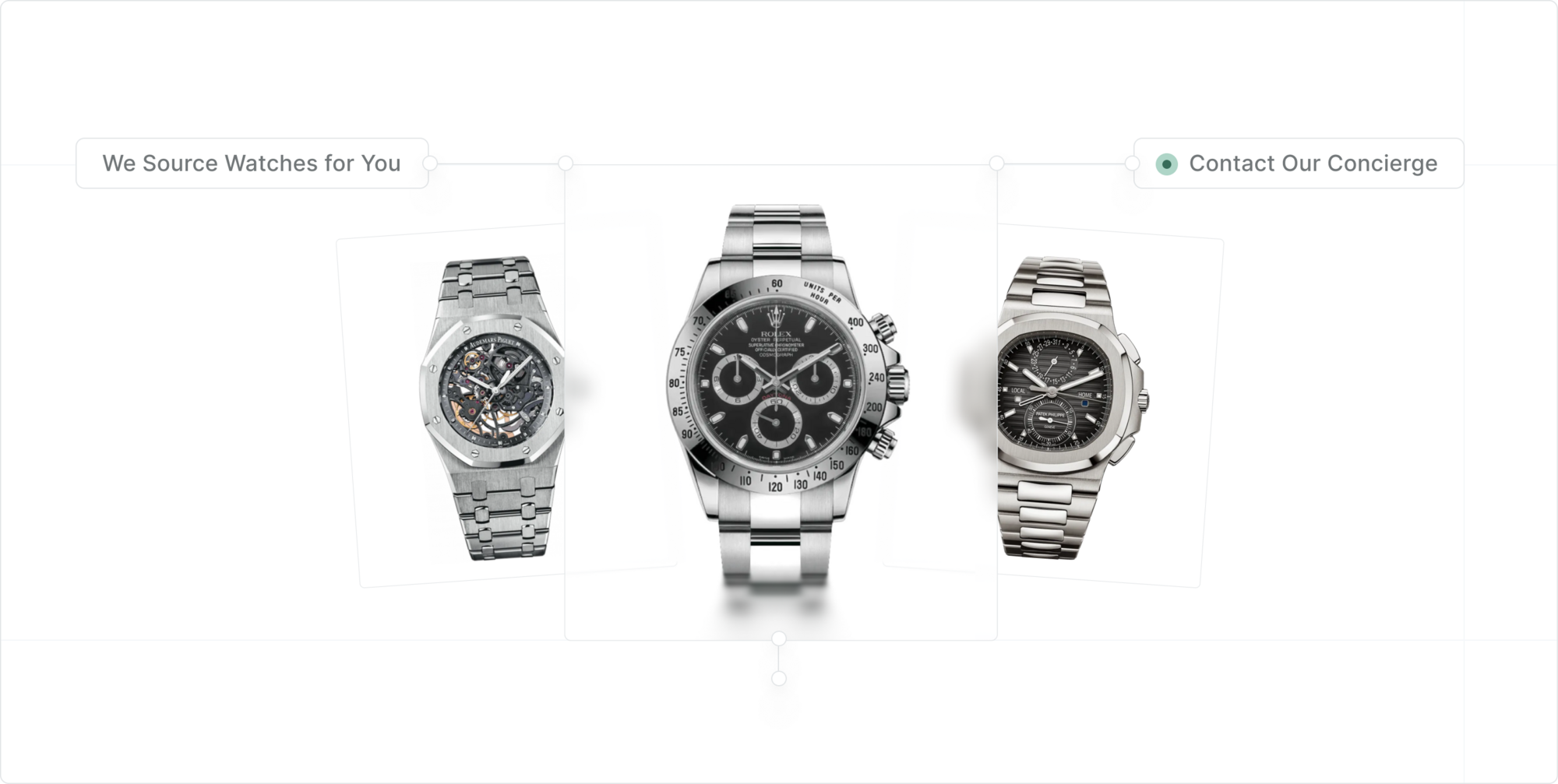Look closely at a Rolex with a Roman numeral dial, and you might notice something unusual—Rolex, like many other watchmakers, uses “IIII” instead of the more common “IV” for the number four. This subtle design choice has puzzled watch enthusiasts and collectors alike. Is it a mistake? A tradition? Or is there a deeper reason rooted in horology and aesthetics? Let’s explore the history, significance and theories behind ‘why does Rolex use IIII instead of IV’ in detail.
The Historical Roots of ‘IIII’ in Horology
The use of ‘IIII’ over ‘IV’ dates back centuries, long before Rolex adopted it. Ancient sundials and mechanical clocks frequently featured ‘IIII,’ suggesting a preference for this representation in timekeeping traditions.
- Many historic European tower clocks, including London’s Big Ben, display ‘IIII’ instead of ‘IV.’
- Medieval clockmakers may have chosen ‘IIII’ to avoid confusion with the Roman numeral ‘IV,’ which was also an abbreviation for the god Jupiter (Iupiter in Latin).
- The tradition continued into wristwatches, where dial design played a crucial role in visual harmony and balance.
The adoption of ‘IIII’ in horology reflects a long-standing preference for aesthetic symmetry, legibility and adherence to tradition.
The Aesthetic and Functional Appeal of ‘IIII’ in Rolex Watches
Rolex is known for its meticulous attention to detail, and its use of ‘IIII’ instead of ‘IV’ is no exception. The choice is not merely about historical precedent but also about maintaining a visually harmonious dial.
- The ‘IIII’ numeral balances visually with ‘VIII’ on the opposite side of the watch face.
- The even weight distribution across the dial improves symmetry and legibility.
- Rolex emphasizes clarity and elegance in its design, and ‘IIII’ ensures a clean and easily recognizable layout for wearers.
The functional aspect of ‘IIII’ also plays a role in Rolex’s choice. This numeral arrangement makes the watch easier to read at a glance, aligning with Rolex’s goal of providing precision in both timekeeping and aesthetics.
Beyond aesthetics, Rolex is also known for its rigorous manufacturing process, raising the question: where are Rolexes made? Rolex timepieces are crafted in state-of-the-art Swiss facilities, ensuring precision and consistency across every design element—including the choice of Roman numerals.
Rolex’s Unique Take on the ‘IIII’ Tradition
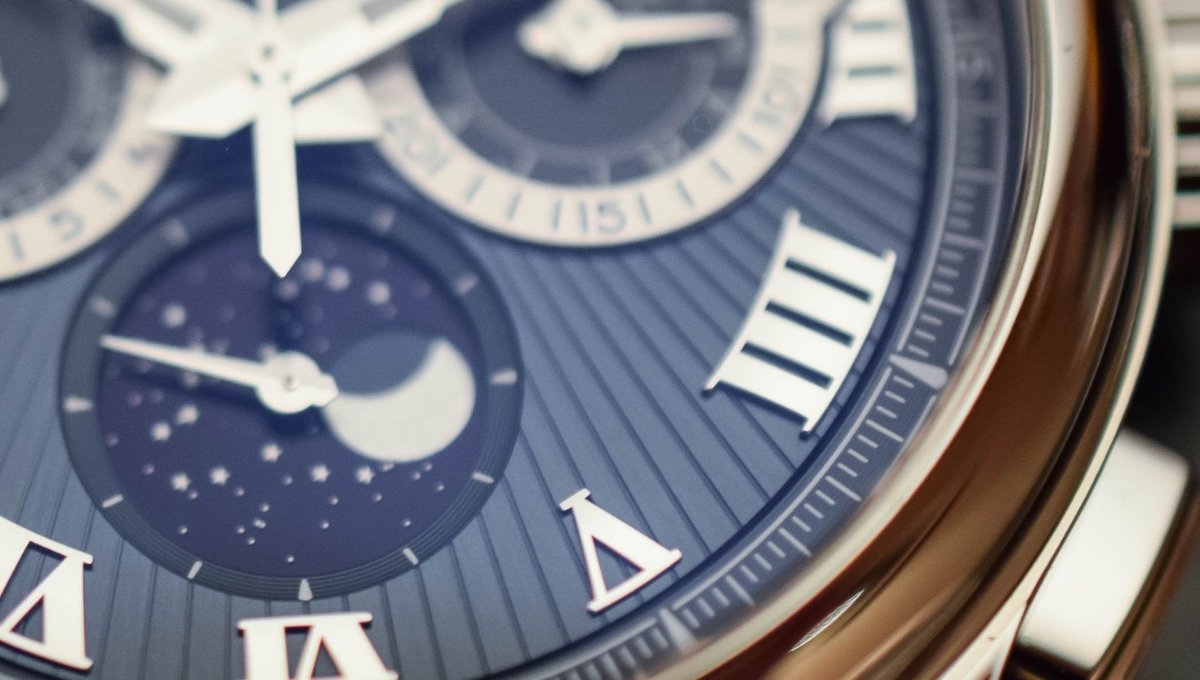
While many luxury watch brands have followed the ‘IIII’ convention, Rolex maintains its own distinctive approach. Unlike some brands that mix ‘IIII’ and ‘IV’ across different collections, Rolex remains consistent in its application of ‘IIII.’
- Rolex’s Datejust, Day-Date, and Oyster Perpetual collections all feature ‘IIII’ in their Roman numeral dials.
- The uniformity in Rolex’s design reinforces the brand’s commitment to tradition while ensuring a recognizable and timeless aesthetic.
- Even though Rolex has not officially commented on this choice, it is evident that the decision aligns with their broader principles of symmetry, readability and elegance.
Comparative Analysis: Rolex vs. Other Watch Brands
Other Luxury Watchmakers
While Rolex follows this tradition, other luxury brands take different approaches:
- Patek Philippe: Uses both IIII and IV depending on the model, but IIII is more common.
- Cartier: Also adheres to the IIII convention, particularly in its iconic Tank and Santos collections.
- Audemars Piguet: Employs IIII for Roman numeral dials, aligning with classical watchmaking traditions.
This trend suggests that IIII is not unique to Rolex but rather a widespread industry preference.
The Psychological and Marketing Perspective
Symmetry and Aesthetic Balance
One of the most compelling reasons for using IIII is its impact on dial symmetry. On a typical watch face:
- “IIII” and “VIII” create a visually balanced effect on opposite sides of the dial.
- The distribution of numerals ensures even weight across the face, improving readability.
- “IV” would create an asymmetry, disrupting the harmonious layout.
Readability and Tradition
Rolex is known for prioritizing legibility. Many experts argue that IIII is easier to read at a glance, particularly in lower lighting conditions. Additionally, the use of IIII aligns with long-standing watchmaking traditions, reinforcing Rolex’s reputation for heritage craftsmanship.
Common Myths Debunked
- “Rolex made a mistake” – Rolex is meticulous about its designs and the choice of IIII is intentional.
- “It’s a tribute to Jupiter” – While this theory has historical merit, it is unlikely to be Rolex’s motivation.
- “IIII is a modern adaptation” – The practice dates back centuries and is not a recent invention.
Frequently Asked Questions
Why do some clocks and watches still use IV instead of IIII?
Some watch brands use IV for stylistic differentiation or historical consistency. However, IIII remains more common in traditional horology.
Which Rolex models feature Roman numerals with IIII?
Models such as the Datejust, Day-Date, and some versions of the Oyster Perpetual prominently feature IIII on Roman numeral dials.
Does using IIII instead of IV make a Rolex more valuable?
No, the use of IIII does not affect a Rolex’s market value. However, it adds to the brand’s signature design language and historical authenticity.
When did Rolex start using IIII on its Roman numeral dials?
Rolex has used IIII consistently for decades, aligning with the broader watchmaking tradition that predates the company’s founding.
Does Rolex explain why it uses IIII instead of IV?
Rolex has not officially addressed this design choice, leaving room for interpretation. However, experts believe it aligns with aesthetics, readability and industry standards.
Conclusion
The choice of IIII over IV on Rolex’s Roman numeral dials is more than just a quirk—it reflects centuries of watchmaking tradition, thoughtful design and aesthetic balance. While myths and speculation surround this decision, the most logical reasons point to symmetry, readability and heritage. Next time you glance at a Rolex dial, take a moment to appreciate the subtle details that contribute to its timeless appeal.
If you’re looking to buy, sell, or trade a Rolex or other luxury watches, explore Watches.io—a trusted platform for collectors and enthusiasts.

